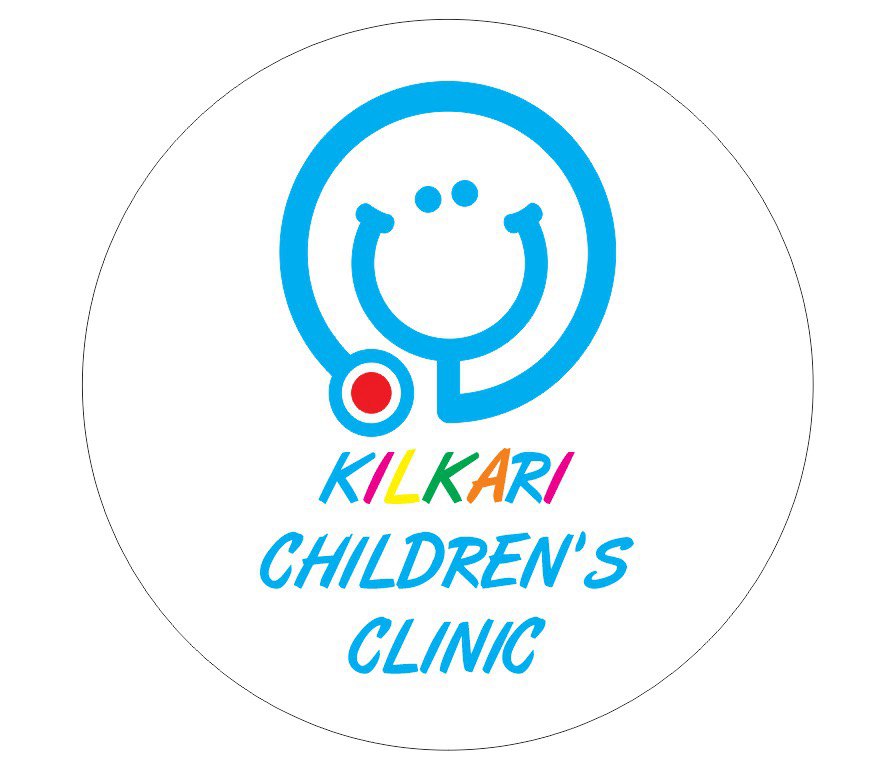Introduction
A sore throat is a common problem. It can make swallowing or talking painful. But sometimes, a sore throat is caused by a specific infection called strep throat. Knowing the difference between sore throat and strep throat is important. This helps you understand the symptoms of sore throat and how to tell if it’s strep throat. In this blog, we will explain the key differences, symptoms, causes, and when to seek help.
What is a Sore Throat?
A sore throat means your throat feels scratchy, dry, or painful. Often, it is a symptom of a cold or another mild illness. Usually, sore throats go away on their own. However, they can sometimes last longer or get worse.
What is Strep Throat?
Strep throat is a throat infection caused by bacteria called Streptococcus pyogenes. Unlike most sore throats, strep throat needs special treatment. It can spread easily, especially among children. Because of this, it is important to know how to tell if it’s strep throat.
Key Differences Between Sore Throat and Strep Throat
Common Symptoms
Both sore throat and strep throat can cause pain. However, their symptoms can be different. Below are some signs to watch for:
Causes and Risk Factors
Many things can cause a sore throat. Most often, viruses like the common cold or flu are to blame. But, strep throat is caused by bacteria. Some risk factors include:
Diagnosis and When to See a Doctor
Sometimes, a sore throat will go away on its own. But, you should see a doctor if:
Doctors may use a throat swab to test for strep throat. This helps them choose the right treatment.
Treatment Options
Treatment depends on the cause. For most sore throats, rest and fluids help. But, strep throat needs antibiotics. Here are some common treatments:
Prevention Tips
Good habits can help prevent sore throat and strep throat. Try these tips:
Conclusion
In summary, knowing the difference between sore throat and strep throat can help you get the right care. If you or your child have a sore throat that does not improve or shows signs of strep throat, consult a pediatrician for personalized advice.


